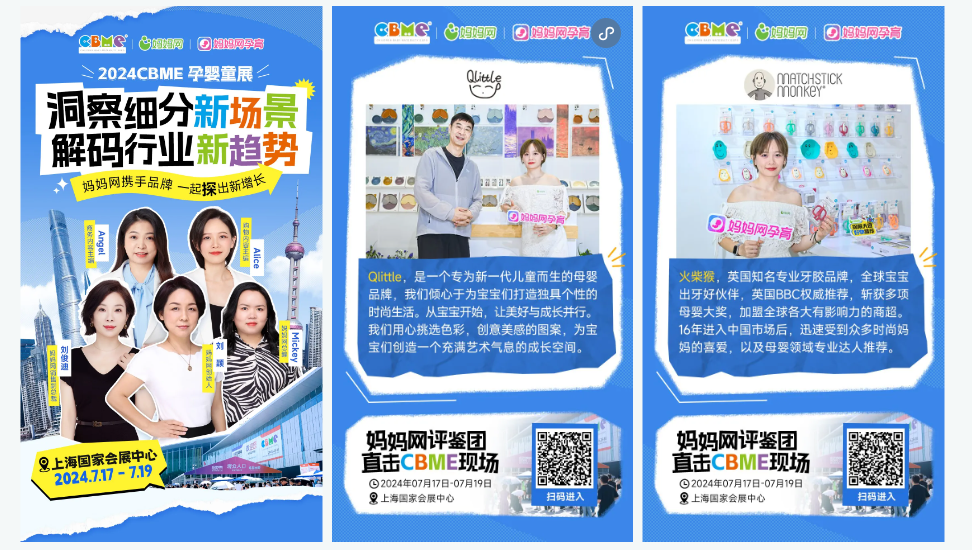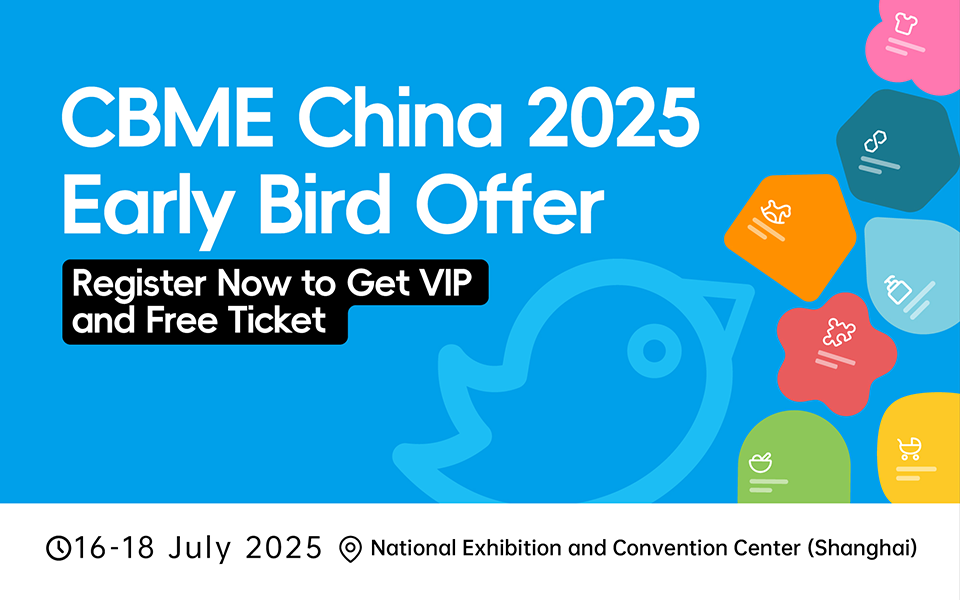A manager operating a traditional store in Shandong shared his insights after visiting boutique maternity and baby stores in Jiangsu, Zhejiang, and Shanghai. “Many boutique maternity and baby stores lack the support of big brands, and these brands do not cooperate with them as deeply as they do with us, but their business is still exceptionally good.” So, where does the excellence of boutique maternity and baby stores lie? What lessons can traditional stores learn from them?

IP Creates High Customer Loyalty
Boutique stores thrive on their character, their IP (Intellectual Property). Having a store IP is like activating a “cheat mode,” inadvertently becoming a thought leader to consumers.
“The amount of money you can earn is fundamentally dependent on your ability to influence consumers.”
Indeed, nearly every boutique maternity and baby store owner are considered a big IP by their member customers. This kind of IP may limit the scalability of these stores to some extent, but it also creates high customer loyalty, high repurchase rates, and high average transaction values.
Of course, this IP capability is hard to replicate. A traditional store owner frankly stated that even something as simple as a social media feed is completely different. Traditional store owners and staff might post about promotions, discounts, or giveaways, while boutique store owners convey an attitude of refined living, keeping in sync with consumers at all times.
Sophistication in Marketing Methods
Managing social media platforms like Little Red Book, instant retail, and live broadcasting has become essential skills for many boutique maternity and baby store owners.
The sophistication and diversification of marketing methods have become new skills evolved by the boutique stores to keep up with the times.
Take Little Red Book as an example, many boutique store owners go as far as hiring dedicated graphic designers to better manage their presence.
During regional visits, we discussed an instance where a boutique store owner became interested in a go-kart at a toy exhibition. They posted a short video of the kart on Little Red Book, and viewership quickly exceeded ten thousand.
At that time, the go-kart was still in production and unavailable for shipment. However, the Little Red Book’s popularity made the kart famous, to the point where the manufacturers actively inquired about the promotion method.
Several brand representatives have told us that they are willing to provide resources in support, which is also linked to the significance of having a strong IP character.
“When such opinion leaders recommend a product, telling consumers what is good about it, it is more effective than the brand saying it ten times.”
Highly Targeted Product Selection
In terms of product selection, although many brands exist in both boutique and traditional maternity and baby stores, there is still a fundamental difference in their core logic.
In fact, boutique maternity and baby stores capture their target audience with their selection philosophy, which is not limited to pregnancy and infant products but actively expands to different age ranges and demographics.
Another distinct aspect of boutique maternity and baby stores is their focus on providing a unique and personalized shopping experience. These stores often curate their space with engaging displays and offer personalized services that make customers feel valued and special.
“Our selection tends to lean towards popular items, gravitating towards beauty economics, and of course, we also have certain quality requirements, overall matching the group with adequate financial means who want to provide detailed care for their children.”
A boutique store owner mentioned that their product selection closely matches the profile of their target customers. This fit not only matches purchasing power but also caters to the needs of nearby kindergartens, elementary schools, and older children.
Taking the recently popular JELLYCAT as an example, one boutique store owner noted that university students nearby are adding the store on WeChat, wanting to purchase. “For a brand launched in 1999, being able to become trendy now, the brand’s repositioning of the consumer demographic played a significant role. This is something worth learning for maternity and baby stores.”
It is noteworthy that some industry professionals have learned that certain boutique store owners, catering to the needs of their target customers, have delved into the jade business.
After visiting various boutique stores, the traditional store manager from Shandong candidly expressed that he felt uneasy upon returning. He feared customer loss in the past and got caught up in price wars, working for many years as a ‘transporter’.
“The reality of customers not entering the store today could also be seen as an opportunity. In the past, we used to run forward non-stop, but now that we have all stopped, we can calm down and think, where exactly do we fall short compared to them (boutique maternity and baby stores)?”









